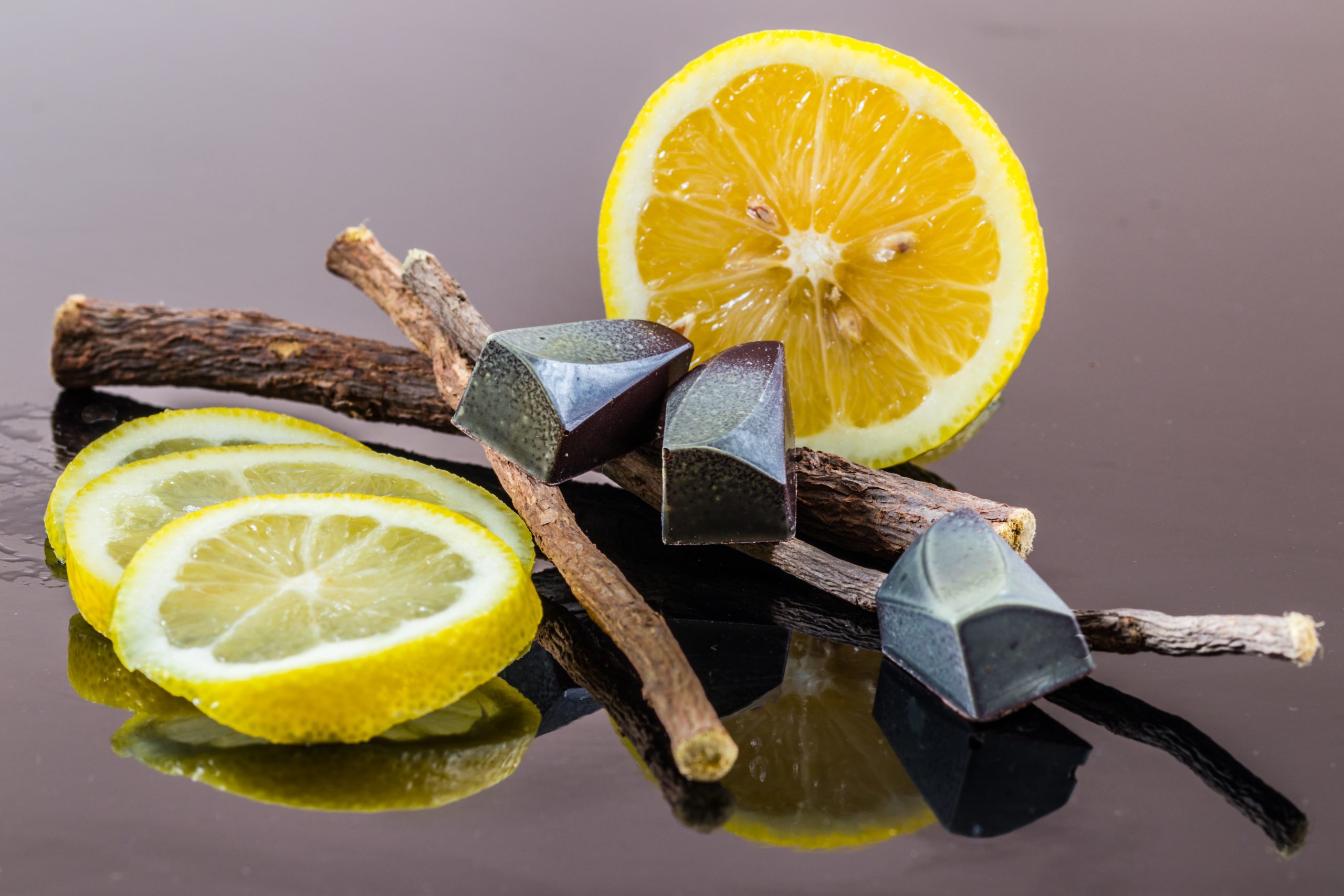
First, my disclaimer: This series of blog articles is based off what I am doing for my family. Nothing in these articles is better evidence or supersedes guidance from organizations such as the CDC and the WHO. These articles are merely highlighting what I am doing for my own family and for myself. They are based off some research (where mentioned), some clinical training and of course, my own personal biases and opinions that nature offers us some antimicrobial protection and immune boosting therapies from certain pathogens. No one yet knows what natural therapies are effective for COVID-19. It is still too early. Any conclusions or assumptions I am making are from other strains of related corona viruses.
Thus far, I have shared my immune-boosting jello recipe for protecting my family, as well as my opinion on masks and essential oils to decrease my risk of exposure. My next strategy for my family is to make them licorice tea.
Licorice tea is from the roots of the plant, Glycyrrhiza glabra. And you may have guessed, licorice root is where the original flavor has been derived for black licorice. This presents an interesting dilemma for people intolerant to that flavor, but for those of us that like it fine, it has some researched antiviral properties.
In one review article published in 2007, researchers looked at several studies that tested licorice’s antiviral properties against a variety of viruses, including hepatitis B and C, HIV, herpes viruses, influenza virus, and the star of our show, a corona virus (this time, the corona virus responsible for SARS) (PMID: 17886224). In an impressive display of either publication bias or fantastic clinical efficacy, the majority of the studies showed that licorice can be quite helpful for viral infections. Specific to corona virus, the researchers summarized a study that collected viral samples from SARS patients in Germany and exposed the collected samples to a variety of different compounds, including one of the active compounds in licorice, glycyrrhizin. Of all the compounds tested, glycyrrhizin had the best efficacy at reducing both the adsorption and penetration of the virus into new cells, as well as reducing the overall viral replication. Glycyrrhizin was most effective when it was given both before and after the virus was able to be brought into new cells.
To make a therapeutic dose of tea, one must use about a tablespoon of dried herb per 8 ounces of water- considerably stronger than your average sipping tea. And unlike flowers and leaves (which like a gentle hot water infusion), roots benefit from a light boil to extract their full compounds. Giving licorice tea to my family is a simple way that I personally plan to boost their immune systems and overall susceptibility to viral infections.
Another disclaimer or two: First, the aforementioned compound in licorice, glycyrrhizin, can raise blood pressure in some sensitive folks. This is worth discussing with your doctor if you have pre-existing hypertension. Secondly, while my attitude is extremely conservative, I am personally avoiding licorice due to being 21 weeks pregnant. Glycyrrhizin can increase cortisol, one of our steroid hormones. Herbs that have steroidal properties are generally best avoided during pregnancy. There are many herbalists that are likely shaking their heads at me, but please know, this is my approach and I tend to be very conservative with what I consume during pregnancy. There are lots of practitioners that feel fine using this herb in pregnancy and at the end of the day, I suggest you work with your own healthcare team to make choices that are best for you. This blog is not intended as medical advice!
Nutima Integrative Medicine can support you in navigating these choices and we are offering telemedicine visits from the comfort of your home. Please call 206.542.4325 for more information.
